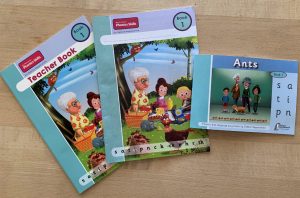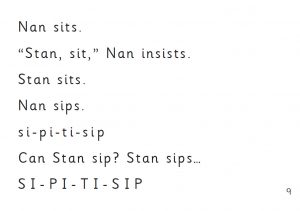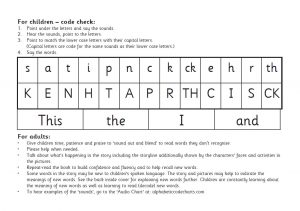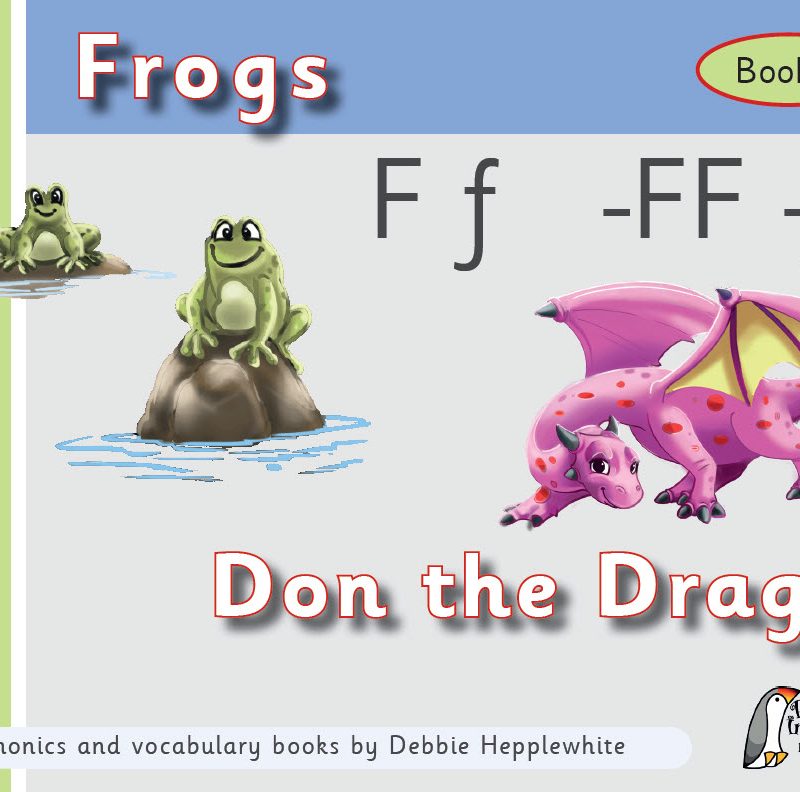
Phonics Reading Books – Book 1 (Ants) – Pack of 5
10th June 2021
Phonics Reading Books – Book 4 (The Picnic and the Pests) – Pack of 5
10th June 2021Phonics Reading Books – Book 3 (Ants Antics in Nan’s Attic) – Pack of 5
£12.60
ABOUT THIS READING BOOK SERIES
These cumulative, decodable books are designed to complement No Nonsense Phonics Skills (Pupil Books 1 to 8) and the Phonics International programme (Units 1 to 6 of 12 Units).
Size and paper type of cover:
Each book is A5 (approx 21cm x 15cm). The cover is 300gsm with gloss lamination.
Inner pages:
The paper quality is 115gsm with a silk finish.
For Full Information and Printable Guidance Click HERE
**NEW – Now available as ebooks from our GooglePlay store – just 99p each – Click HERE**
In stock
ABOUT THIS READING BOOK SERIES
These cumulative, decodable books are designed to complement No Nonsense Phonics Skills (Pupil Books 1 to 8) and the Phonics International programme (Units 1 to 6 of 12 Units).
The series is colour-coded for ease of organisation and management. The back covers indicate the code featured cumulatively in each book.


For Full Information and Printable Guidance Click HERE
**NEW – Now available as ebooks from our GooglePlay store – just 99p each – Click HERE**
Purpose – these books are designed for children:
1. to practise the technical skill of decoding new printed words by sounding out and blending (‘lifting the words off the page’) using their knowledge of letter/s-sound correspondences (the alphabetic code)
2. to learn the meaning of new words, enriching their vocabulary, in the context of events in the storylines
3. to practise reading aloud with increasing confidence and fluency – learning how to use expression when re-reading


The books are challenging:
The books are structured to be ‘cumulative’ and ‘decodable’ and they are also challenging. They include shorter and longer words from the outset and some words that are likely to be new to children’s spoken language. Generally, there are many words on most pages to provide plenty of accurate decoding practice.
After the children have decoded any new words they do not automatically recognise, the supporting adult can discuss the storylines, including with reference to the illustrations, to explain new words. There is ‘Vocabulary Support’ in the back of the books.

Capital letters are code for the same sounds as their lower case letters.
Children should attempt to decode the words, sentences or pages by themselves at first with the adult encouraging, supporting, re-reading words, sentences and pages as required. Some beginners may only manage one page in any one reading session until they have perfected the phonics skill of sounding out in response to letters and letter groups, and blending the sounds (synthesising) to decode new words.

Children learn at different rates and have different needs:
Debbie’s approach includes incidental phonics teaching and support as well as systematic provision. Some children may need reminding of letter/s-sound correspondences that are not yet embedded in memory. Some children will self-teach as they learn more about the alphabetic code, and some children will recognise words they’ve previously read more easily than others. Some children may be able to ‘discern’ (detect) a word they’ve sounded out because they know the word in their spoken language, but struggle to ‘discern’ a new printed word that is not in their spoken language. This will improve over time as children decode and learn new words from the literature they read not just the words they hear and speak.
Using the books in the school and at home advisedly:
In school, teachers may decide to use these books lagging behind the introduction of the various letter/s-sound correspondences for additional reading practice. Both the No Nonsense Phonics and the Phonics International programmes already provide plain ‘matched texts’ for children’s reading, writing, spelling and language comprehension. These reading books are additional and complementary to the phonics programmes.
Teachers may decide to cascade these books to children for home-reading starting with the children who are the quickest and most adept at sounding out and blending to decode new words.
Teachers may decide to use these books in school for supported practice in school before sending them home for re-reading in the home. Again, this may depend on the children themselves and how teachers decide the books will be most beneficial – particularly when children are beginners. Teachers may use later books differently according to children’s changing needs over time.

Children can be introduced to letter/s-sound correspondences ‘incidentally’ and this will add to their code knowledge and capacity to self-teach over time.
Illustrations:

The pictures in children’s books enhance the storylines and often tell a story beyond the words on the pages. It is important that the ‘back and forth’ discussions between adults and children always take place with these phonics reading books no less than with storybooks. In addition, ‘homophones’ are so common in the English language that it is helpful, as adults, to point out that the same words can have various meanings in different contexts – and to engage children fully with this notion.

About the ‘sounds’ and the alphabetic code:
Parents and carers can ‘hear’ the sounds via an audio Alphabetic Code Chart at alphabeticcodecharts.com . There are also free printable alphabetic code charts at this site.
Tweaking or modifying pronunciation:
It is very common that a spoken word’s final pronunciation needs to be ‘tweaked’ or ‘modified’ after sounding out and blending. Early examples of this are words such as ‘is’, ‘his’, ‘as, ‘has’. In reality, these words are pronounced ‘iz’, ‘hiz’, ‘az’, ‘haz’ with a /z/ sound at the end, not a /s/ sound, but most children who are decoding these words will automatically sound them out and then say them with their correct pronunciation even without thinking about it. The sooner adults and children alike understand this constant process of slight modification of pronunciation (as required), the sooner a wider range of words can be included for beginners. An example of the process of modifying pronunciation is the word ‘erect’ on this page from Book 5:
Size and paper type of cover:
Each book is A5 (approx 21cm x 15cm). The cover is 300gsm with gloss lamination.
Inner pages:
The paper quality is 115gsm with a silk finish.
| Weight | 0.31 kg |
|---|


